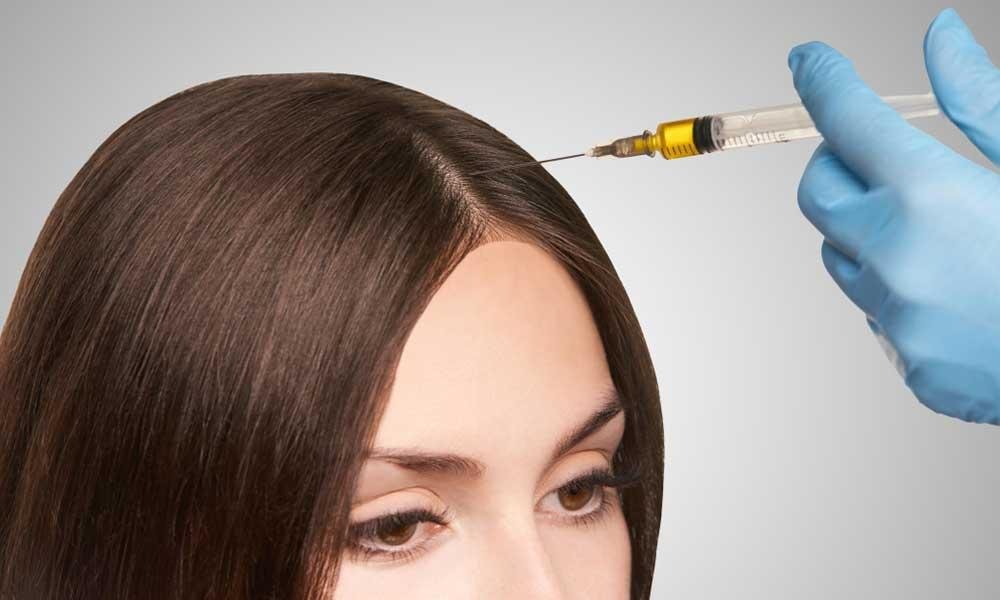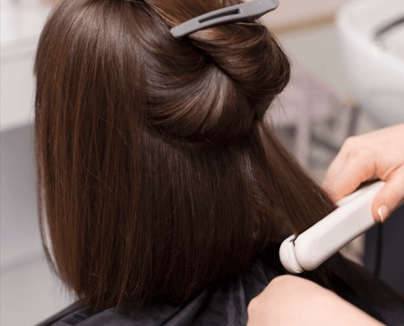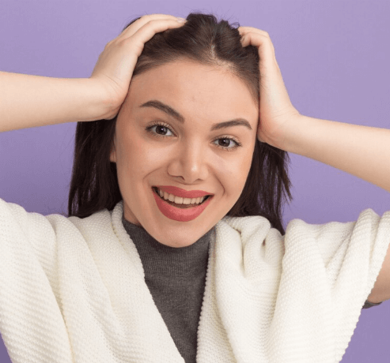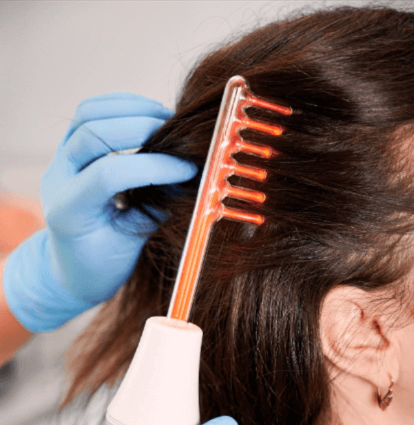Hair loss can be frustrating, but advancements in non-surgical treatments like Platelet-Rich Plasma (PRP) therapy offer effective solutions—especially in South Korea, a global leader in aesthetic and regenerative medicine. Korean clinics are known for their precision, safety, and cutting-edge techniques, making PRP hair treatment a popular choice for both local and international patients.
This guide breaks down the step-by-step PRP procedure as performed by Korean hair restoration clinics, so you know exactly what to expect.
What Is PRP for Hair Regrowth?
PRP therapy involves extracting a small amount of your blood, processing it to concentrate growth factors, and injecting it into the scalp. These growth factors stimulate hair follicles, promote healing, and enhance natural hair regrowth.
Step-by-Step PRP Procedure in Korean Clinics
Step 1: Personalized Consultation and Scalp Analysis
Every PRP journey in Korea begins with an in-depth consultation. The doctor will:
- Assess the extent and pattern of hair loss
- Review your medical history and current medications
- Use trichoscopy (scalp imaging technology) to examine follicle health
- Discuss your goals and expectations
- Recommend the number of sessions and frequency
📌 Korean clinics often combine PRP with other treatments such as microneedling, low-level laser therapy, or hair loss medications for optimal results.
Step 2: Blood Collection
Once you’re cleared for PRP, the procedure begins with a standard blood draw:
- About 10–20 mL of blood is taken from your arm (similar to a routine blood test)
- The process is quick, taking less than 5 minutes
- Korean clinics use sterile, single-use equipment for safety
Step 3: Centrifugation – Platelet Separation
The blood sample is placed in a medical-grade centrifuge:
- The centrifuge spins the blood at high speed (usually 10–15 minutes)
- This process separates the platelet-rich plasma from red blood cells and other components
- The final PRP solution is rich in growth factors and healing agents
🔬 Top Korean clinics use dual-spin or advanced centrifugation techniques to ensure higher purity and concentration.
Step 4: PRP Activation (Optional)
In some clinics, the PRP may be “activated” before injection:
- Activation involves using calcium chloride or thrombin to stimulate the platelets to release growth factors
- This step is optional but may enhance results depending on your scalp condition
Step 5: Scalp Preparation and Numbing
To ensure patient comfort:
- The scalp is cleaned with antiseptic
- A numbing cream or local anesthetic is applied to minimize discomfort
- Some clinics also use cooling devices or vibration anesthesia for a pain-free experience
Step 6: PRP Injection into the Scalp
Now comes the actual PRP application:
- Using fine needles, the doctor injects the PRP into areas with thinning hair or poor follicle health
- Injections are spaced about 1 cm apart
- The process usually takes 15–30 minutes, depending on the size of the treatment area
📌 Some Korean clinics offer microneedling or dermal stamping in combination with PRP to increase absorption and stimulate collagen.
Step 7: Post-Treatment Scalp Care
After the procedure:
- Mild redness or sensitivity may occur but subsides within 24–48 hours
- You’ll receive personalized aftercare instructions, which may include:
- Avoiding shampoo for 24 hours
- No vigorous exercise for a day
- No alcohol or smoking, which can impair healing
Korean clinics may also apply LED scalp therapy post-injection to reduce inflammation and enhance results.
How Many PRP Sessions Are Needed?
Most Korean specialists recommend:
- Initial series: 3 to 6 sessions spaced 3–4 weeks apart
- Maintenance: 1 session every 4–6 months for ongoing results
When Will You See Results?
Results vary by individual, but typically:
- 1–2 Months: Reduced hair shedding
- 3–4 Months: Visible thickening in treated areas
- 6 Months: Improved hair density and scalp health
- 9–12 Months: Continued regrowth with fuller volume
Is It Safe?
Yes. PRP is an autologous treatment (your own blood), so allergic reactions are rare. Korean clinics maintain high hygiene standards and use advanced techniques to minimize risks.
Common, temporary side effects include:
- Scalp tenderness or soreness
- Redness
- Minor bruising at injection sites
Why Choose Korea for PRP Hair Treatment?
- World-class clinics with state-of-the-art equipment
- Bilingual staff and international patient services
- Highly experienced dermatologists and hair specialists
- Comprehensive care plans tailored to your specific hair condition
- Competitive pricing compared to Western countries, without compromising on quality
Final Thoughts
PRP therapy is a safe and scientifically backed treatment for hair regrowth, and Korean clinics offer some of the most advanced and patient-focused care in the world. With clear steps, personalized attention, and expert execution, PRP treatment in Korea is a smart choice for those seeking natural hair restoration.




